Video Menu
My Favorite Videos
My Favorite Videos
Jeff Flagg 2014 World Long Drive Champion
Sorry, you need to be a member to access this video.
You Are Just Seconds Away - Become a member here!
Already a member? Log in now
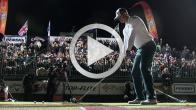
If you have been searching for more clubhead speed in your golf swing, then search no further! In this new video, I'll show you how the 2014 World Long Drive Champion, Jeff Flag, uses 3 key areas to maximize clubhead speed. I'll also show you how to use your body and the kinetic chain to pull the power out of the ground and turn it into speed where it matters most. See how some of the longest players in the world use rotation, width and leverage to create crazy clubhead speed. Also, get a detailed list of checkpoints guaranteed to help you hit the ball further than you ever have before!
- The 3 key sources to clubhead speed are rotation, width and leverage
- Make sure you have rotation and width established early on in the takeaway and backswing
- Unload the lower body first to start the kinetic chain and increase clubhead speed
In the golf swing, The kinetic chain is the different parts of your body, acting as a system of chain links to transfer energy from the ground through the golf club.
Hi everyone, I'm Rotary Swing Instructor Chris Tyler, And this week, I'm going to show you how the new World Long Drive Champion Jeff Flagg uses the kinetic chain in the golf swing to absolutely kill the golf ball.
I'm also going to discuss the three areas used for club head speed and give you golfers at home some checkpoints to help you hit it further than you ever have before.
I'm sure a lot of you tuned in this past week and watched the 2014 World Long Drive Championship and saw Jeff Flagg win by 13 inches with a 365 yard drive.
So congratulations to Jeff on winning a big paycheck there.
This week, I want to talk to you guys a little bit about the kinetic chain and also talk to club head speed.
And on top of that, I'm going to go ahead and go through some checkpoints of what you'll need to look for in your golf swing.
In order to be able to maximize efficiency and make sure that you're getting as much club head speed as you deserve.
A lot of times, we see some of our students working way too hard with some of the smaller muscles in the golf swing.
And in turn, they're just working overly hard and not really getting the results that they deserve.
So the point of this video is that we're going to lay out some checkpoints.
We're going to lay out some videos that are going to relate to this and kind of keep things in order.
And prioritize your golf swing in a way that will make sure that you're getting the efficiency that you deserve.
So let's go ahead and take a look here.
Jeff does a lot of great things in his golf swing.
And one of the big things that you'll notice here that the three main factors that are written on the screen are going to be width, leverage, and rotation and I'm going to go ahead and mark the buttons on his shirt.
Okay, You're going to notice that he's got his shoulders lined just a fraction open here at a dress position, and you're going to see, if you watch the buttons on his shirt and the club head here, you'll see that he rotates everything as one piece.
So you see the buttons and the club head working throughout the takeaway, Stays nice and wide and I'm going to mark the club head as he gets to a completed part of the takeaway here.
So mark that little circle.
And over here on a down the line perspective, one of the big areas that's often overlooked by a lot of students is how straight the right arm is.
Now we think of the right arm as the governor of width.
Alright, So he's established a lot of rotation early on in the golf swing, and he's also established a lot of width.
And those are the two big, Big factors that we need to make sure that we have in line early on in the golf swing because we're going to use those factors for, number one, the width.
We're going to basically be working off of a wide, narrow, wide swing shape.
So the wider that we stay at going back, The more narrow that we can come down into the golf swing or down into the hitting area.
And then we can go back to a wide shape through the hitting area.
To have maximum extension, which in turn is going to create a lot more club head speed.
So those of you golfers that have ever seen a broken right arm, make sure that you work to try to establish a lot more width early on.
And that will help us maintain width and also help us rotate as well.
Because a lot of times we'll see the hands and arms move very quickly from the gate, where there's no rotation.
And what that's doing is it's signaling to your hands and arms to become the primary power source.
And as strong as we may think we are with the arms, they're really not the big factors of why we can make the club go really, really fast.
Yeah, they're hanging on to the club and they will ultimately release the golf club.
But the big muscles, you know, We want to work on rotating to give ourself a chance to have our core really build up power.
And then we'll turn that into speed, as we talked about in that kinetic chain.
So make sure that you've got some really good rotation.
Make sure, at least throughout the takeaway, you've got 45 degrees of rotation from the shoulders and you've kept the right arm as straight as possible.
Then from this particular point, from a face-on perspective, what I want you to do is just watch this club head and the shoulder rotation, how it keeps everything really in sync throughout the entire backswing move here.
So he's never really moving all that fast throughout the backswing move.
He's just trying to keep things in sync.
He's trying to establish good width, trying to establish good rotation.
And at this point, He's started to build up a lot of power in the golf swing and we're going to be able to start to unload things.
Now one of the areas that I didn't talk about, because one of the most important parts to club head speed is going to be leverage.
Now, leverage can be done through pulling power out of the ground, and it can also be done through lag and release.
Those are probably the two most efficient ways to increase club head speed.
We have a lot of golfers out there, a lot of amateur players that are trying to overdo a squat move.
And what you'll see here is I've gone ahead and marked the belt line on Jeff.
And to start his downward move, you're going to see just a small little squat move down below the line.
So you see the belt line just drop about an inch or two just below this line.
It's a small squat and a small shift to that lead side.
Now what you'll notice is as the weight gets over to the lead side of the body here, you're going to see that that belt starts to come back up towards the line there.
And what that's doing now is this is starting that kinetic chain.
This is starting the sequence of events that are happening in the golf swing that are going to able him to pull the power out of the ground, Move it up through the big muscles in the body and then out the hands and the arms through the release.
So he's got himself seated over to that left side now.
You can see that it was just a small squat.
He's fully over there and then he's going to start to push that left heel into the ground.
Now this is where the power starts to be pulled out of the ground.
We talk about pulling the power from the ground up.
This is where it starts.
So you want to make sure that you get fully seated over there with just a small squat.
Don't overdo it.
And if you start to overdo it then you run into problems where you jump up too quickly, You bring the hips forward and then you create a mess of problems with getting some spine angle problems.
So make a small squat, small shift, feel that weight get over that left side and then start to push that left heel into the ground.
And when that starts to happen, When you start to push that left heel into the ground, and you start to pull this left hip away from the target with your left obliques, you're in turn moving the hands and the arms out in front of the body.
So you're going to see here.
As I start to go through these next couple frames, that belt line is pretty much back to where it was when it started.
The club is actually narrowed.
This arc has narrowed quite a bit.
He's started to create a large amount of lag.
This next frame you're going to see that this arc has now narrowed several inches, probably a good three or four inches.
And at this point you can see that the belt line is starting to come back up above the line.
So he's starting to really push and push the heel into the ground and starting to pull the left hip away from the target.
And now this is where the release is going to start.
So take notice of where the buttons are on his shirt.
Buttons are probably faced right in this area, just behind the golf ball.
And I'm going to go ahead and go through these next couple frames.
So you're going to see now his buttons are back to pretty much where they were at address, maybe about an inch or two in front of it.
But look how far the club head has traveled from where it was, way back up here, where the arc started to narrow.
So the club heads traveled a good six feet or so at this point, and the buttons have only really moved about three inches, four inches.
And then these next couple frames are really important to see as well.
So let me go ahead and get through.
So now the buttons are faced right in this area.
So now they've moved a total of probably a foot and a half to maybe two feet.
And this club head itself has now traveled a good eight to ten feet all the way on the other side of his body.
So notice how he's got maximum extension here.
So this is where the wide comes back into the swing shape.
So he was wide early on.
He narrowed the arc and then he went back to this wide through the hitting area swing shape.
And that's in turn, that's him using that kinetic chain.
He's pulled the power up out of the ground.
He's virtually stalling the body, or slowing the rotation down in the body.
And then delivering the power out through the club head and turning it into max speed through the widening of the arc.
So, ideally, what you'd want to do is you want to make sure that you have things in place early on in the golf swing.
To allow yourself to be able to build lag coming down and to be able to transition with the lower half properly.
So you want to make sure that you've got a lot of width.
That's going to help our rotation.
You want to make sure that you're rotating throughout the entire golf swing, and not just using the hands and arms as your primary power source.
So there's a couple of really good videos on our website that are going to help you get those things in line.
And I'm going to go through these in order because like I said, there's every action in the golf swing has a reaction.
And if we don't have a lot of width or we don't have rotation early on, then you're going to use other power sources that are not necessarily critical to club head speed.
So I want you guys to start out with three sources to increase power in the golf swing.
That's in the program downswing section.
That's a great video that Chuck expounds upon what I'm talking about here.
Then there's also five minutes to master rotation.
So if you've been having a problem rotating in your golf swing, check that video out.
That's in the program takeaway section.
And then the role of the right arm in the takeaway, that's going to show you how to maintain a lot of width very early on.
So definitely check that video out.
Roll of the right arm in the takeaway section.
That's in the advanced takeaway section.
And then another great video for those people that are really trying to get a lot more club head speed.
Or learning how to leverage the ground properly is a video that Chuck did recently called the Squat to Square video.
It shows a great drill on how to get seated left properly, not overdoing the squat and how to start to unload the hips as you're sitting to the left side.
Very, very critical drill for those guys that really want to try to get this lower body stuff working.
So check that video out and then obviously the key to creating lag, That's another good video that's going to really outline the process of what we need to do to be able to maintain lag.
That's in the full swing advanced section, full swing advanced section, excuse me.
So the squat to square video, full swing, advanced downswing section, key to creating lag, full swing, advanced downswing section.
But make sure that you watch these videos in order.
Take a good look at your golf swing and make sure that you see that you're rotating the club.
Head at the same rate throughout the entire takeaway and in the backswing as the buttons on your chest.
And also make sure that you've got a lot of width early on because that will allow you to narrow that swing arc.
And in turn, when it narrows coming down, then you can go back to that wide shape in the hitting area and maximize speed at impact.
All right, so let's get out there.
Let's make sure that we've got the big ones, these big three factors in place.
Do them in order, because that's the way we're going to have to be able to use the chain and make sure our body works as a link, and we want to make sure that these chain links all work together.
Otherwise, You're going to use the arms way too much.
And in turn, you're just going to be slowing the club head speed down.
And you're not going to be hitting it as far as you should be.
All right, guys.
So let's get out there.
Let's put this to use.
Let's play some great golf.
Let's start hitting it further than we ever have before, and I look forward to working more with you guys in the future.
I hope you have a great day.











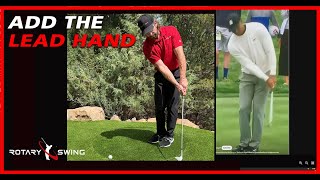


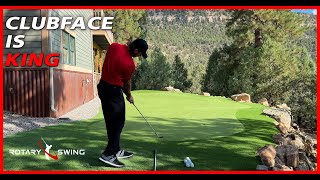








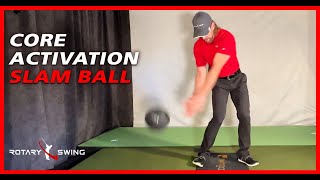





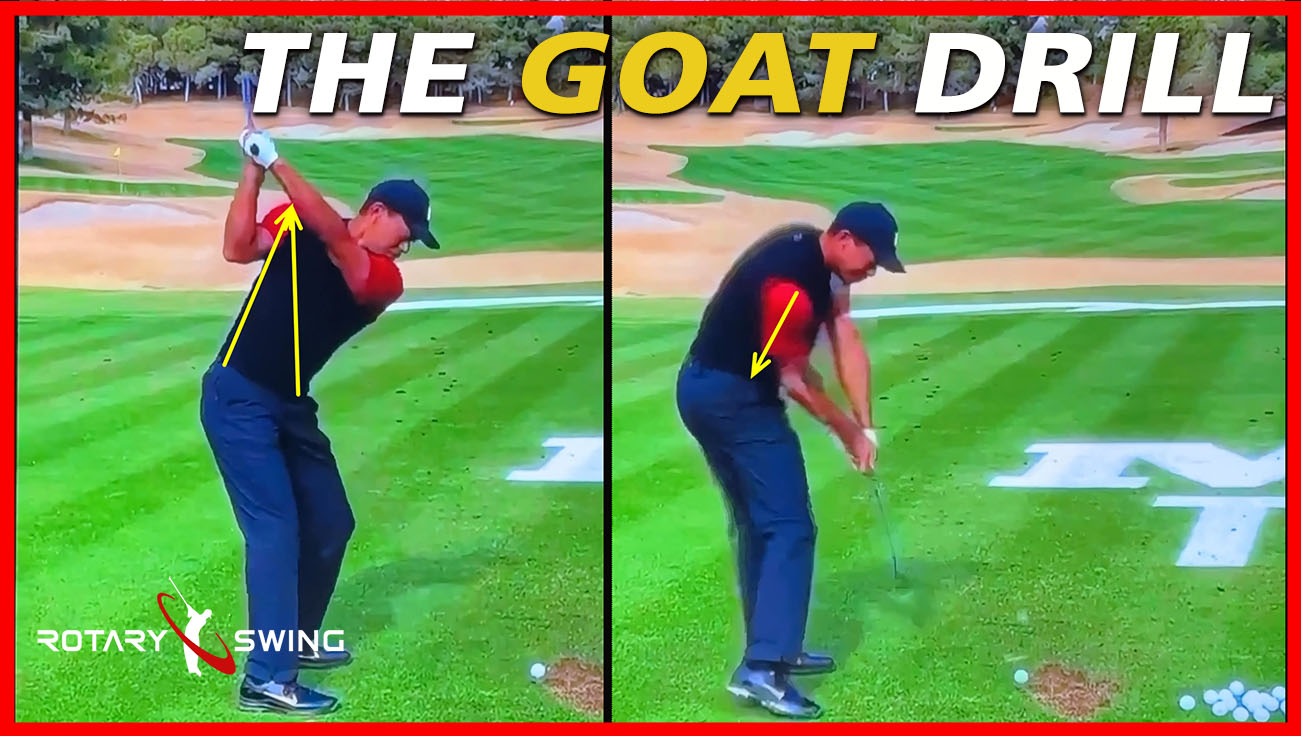


















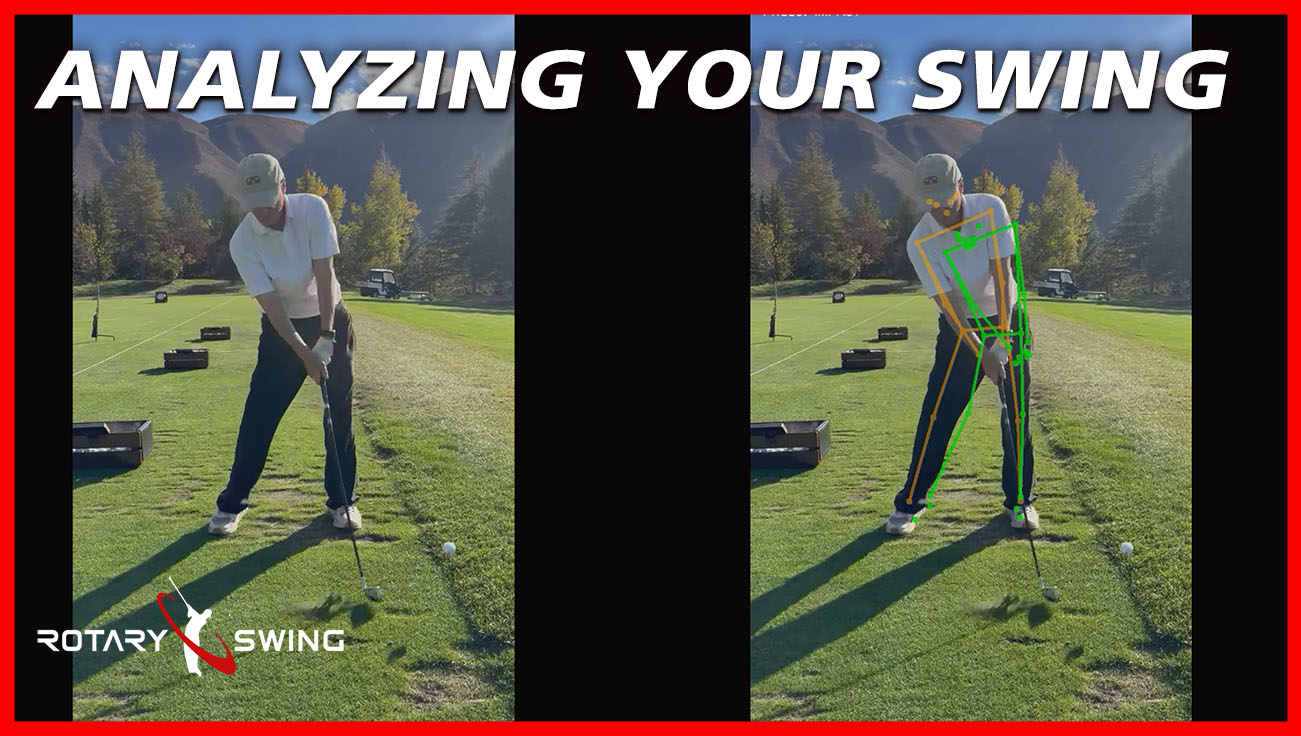






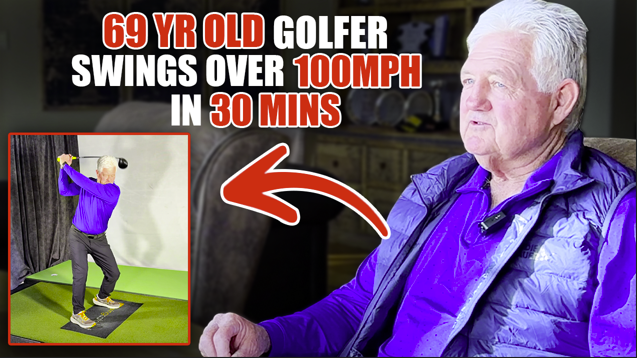
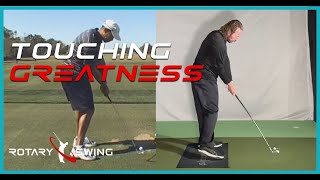

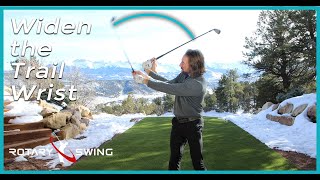



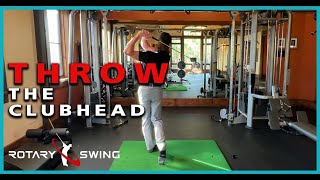







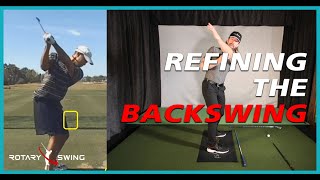







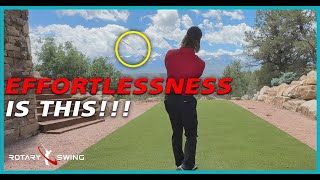
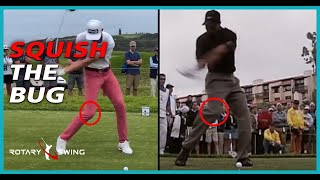
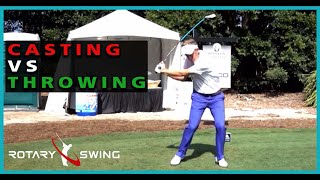



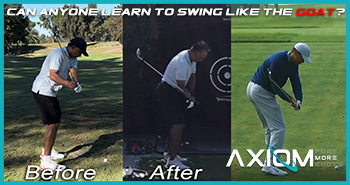


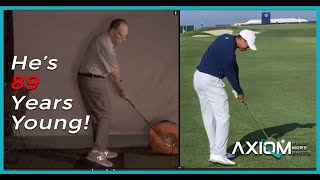



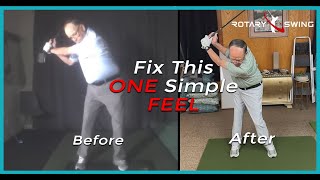











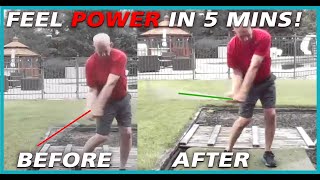


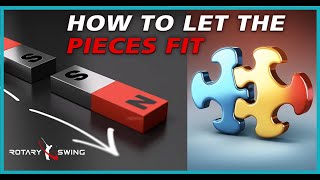

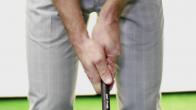




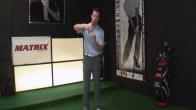













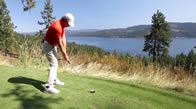



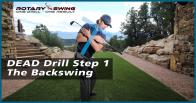

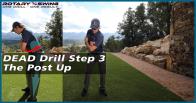










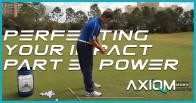











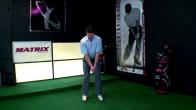



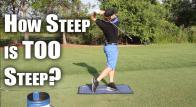


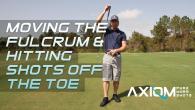



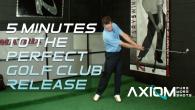

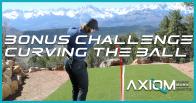






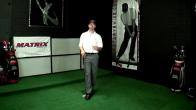









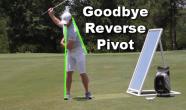





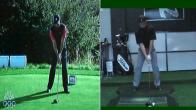



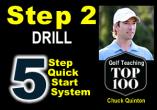






















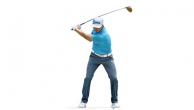

































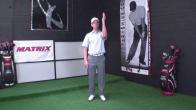




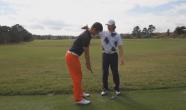





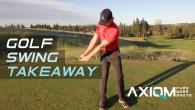









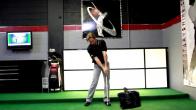



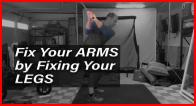


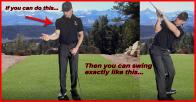




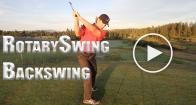

















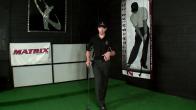





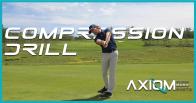
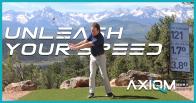
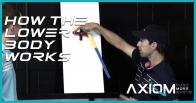












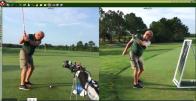






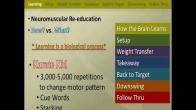
















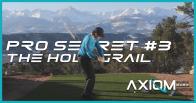

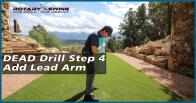


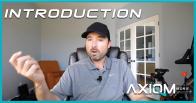

















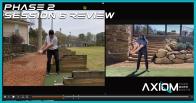







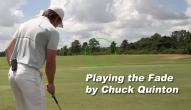











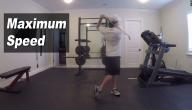

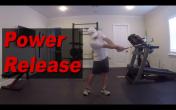
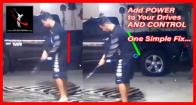


















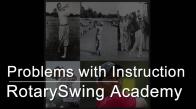



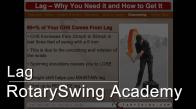



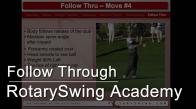






















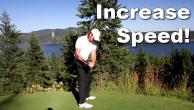



















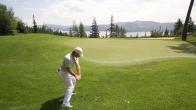





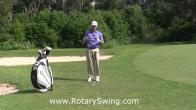











Martin
R.J. (Certified RST Instructor)
Dan
Chris (Certified RST Instructor)
Aaron
Chris (Certified RST Instructor)
Bland
Chris (Certified RST Instructor)
Bland
Chris (Certified RST Instructor)
Bland
Chris (Certified RST Instructor)